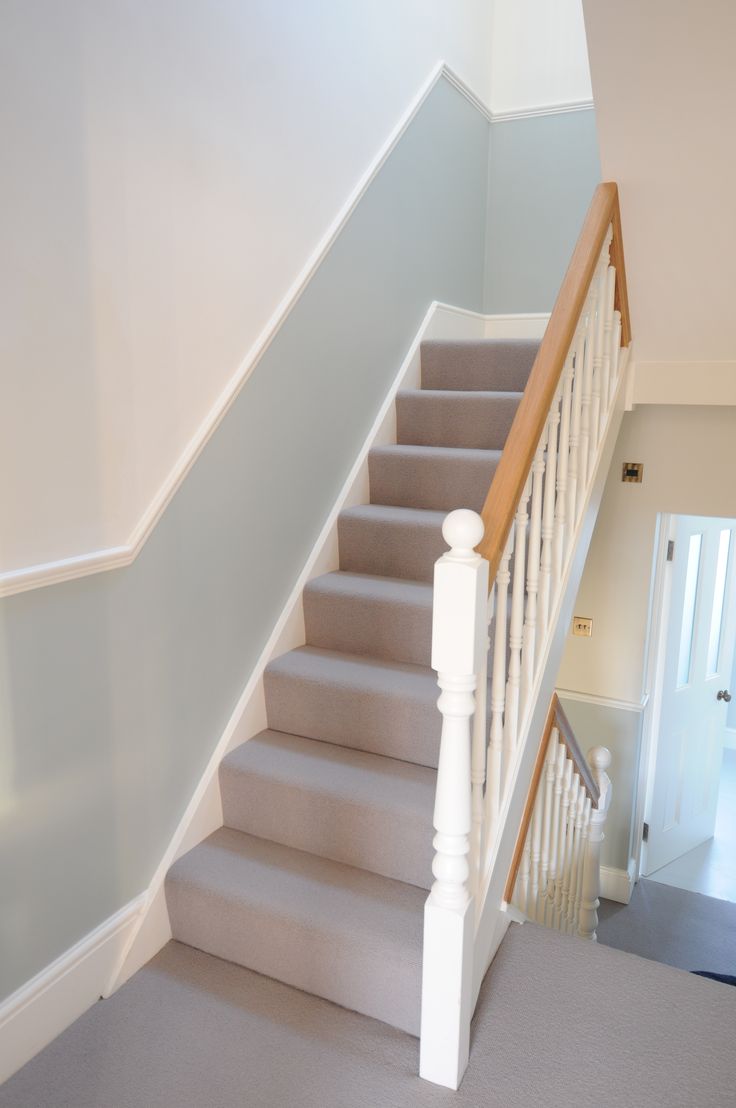Understanding the Purpose and Benefits of Dado Rails
In the world of interior design, dado rails often escape the spotlight, overshadowed by larger elements like color schemes or furniture choices. Yet, these understated features play a pivotal role in enhancing the aesthetic and functional aspects of a room. Whether you’re renovating an old house or sprucing up a modern space, understanding the purpose and benefits of dado rail can be a game-changer in your design strategy.
A Historical Glimpse into Dado Rails
To appreciate dado rails fully, it's essential to trace their roots. Originating in the 18th century, dado rails were initially installed to protect walls from the damage caused by chair backs—a nuisance in dining rooms and parlors. Beyond their protective function, they quickly gained popularity as decorative elements, adding an air of sophistication to any space. While many contemporary homes might overlook them, dado rails have retained their charm and utility, proving that old-world elegance can coexist with modern sensibilities.
The Functional Benefits of Dado Rails
While aesthetic appeal is a significant advantage, dado rails offer practical benefits too. Firstly, they serve as a buffer against scuffs and scratches, particularly in high-traffic areas. This makes them ideal for homes with children or pets, where walls are prone to wear and tear. Secondly, dado rails can cleverly conceal imperfections. If your walls have minor cracks or uneven surfaces, installing a dado rail can mask these flaws and create a seamless look.

Enhancing Aesthetics with Dado Rails
From a design perspective, dado rails offer endless possibilities. They provide a natural break in wall space, allowing you to experiment with different colors or textures above and below the rail. This can add depth and dimension to your room, making it appear more dynamic. Additionally, dado rails can complement various design styles, from traditional to contemporary. Whether painted in a contrasting color or embellished with intricate carvings, they can become a focal point or a subtle enhancement, depending on your design vision.
Installing Dado Rails—A Simple Guide
Installing dado rails might seem daunting, but it’s a relatively straightforward process that even DIY enthusiasts can tackle. Begin by measuring your walls and marking the desired height for the rail—typically around 30 to 36 inches from the floor. Ensure you have the right tools, such as a level, saw, and adhesive, to secure the rail in place. Once you’ve cut the rail to size, apply adhesive to the back and press it firmly onto the wall. Use a level to check alignment, and allow the adhesive to set. With the right preparation, installing dado rails can be a smooth and rewarding project.
Designing with Dado Rails—Tips and Tricks
When incorporating dado rails into your home, consider how they interact with other elements in the room. For a cohesive look, align them with window sills or door frames. Experiment with paint finishes—glossy rails can add a touch of luxury, while matte finishes exude understated elegance. Don’t be afraid to play with color contrasts; a bold hue can make your dado rail stand out, while a neutral tone might blend seamlessly with the walls.
Conclusion
In conclusion, dado rails are more than mere decorative trims. They embody a rich history and offer practical benefits that enhance both the form and function of your interiors. Whether you’re aiming for a classic or contemporary look, dado rails can elevate your space, adding a layer of detail that’s both subtle and impactful. By exploring their potential, you can infuse your home with timeless charm, ensuring that every wall tells a story of elegance and purpose.
Comments
Post a Comment